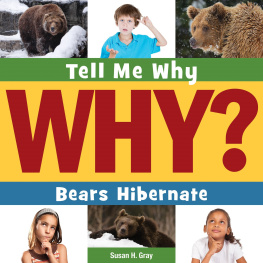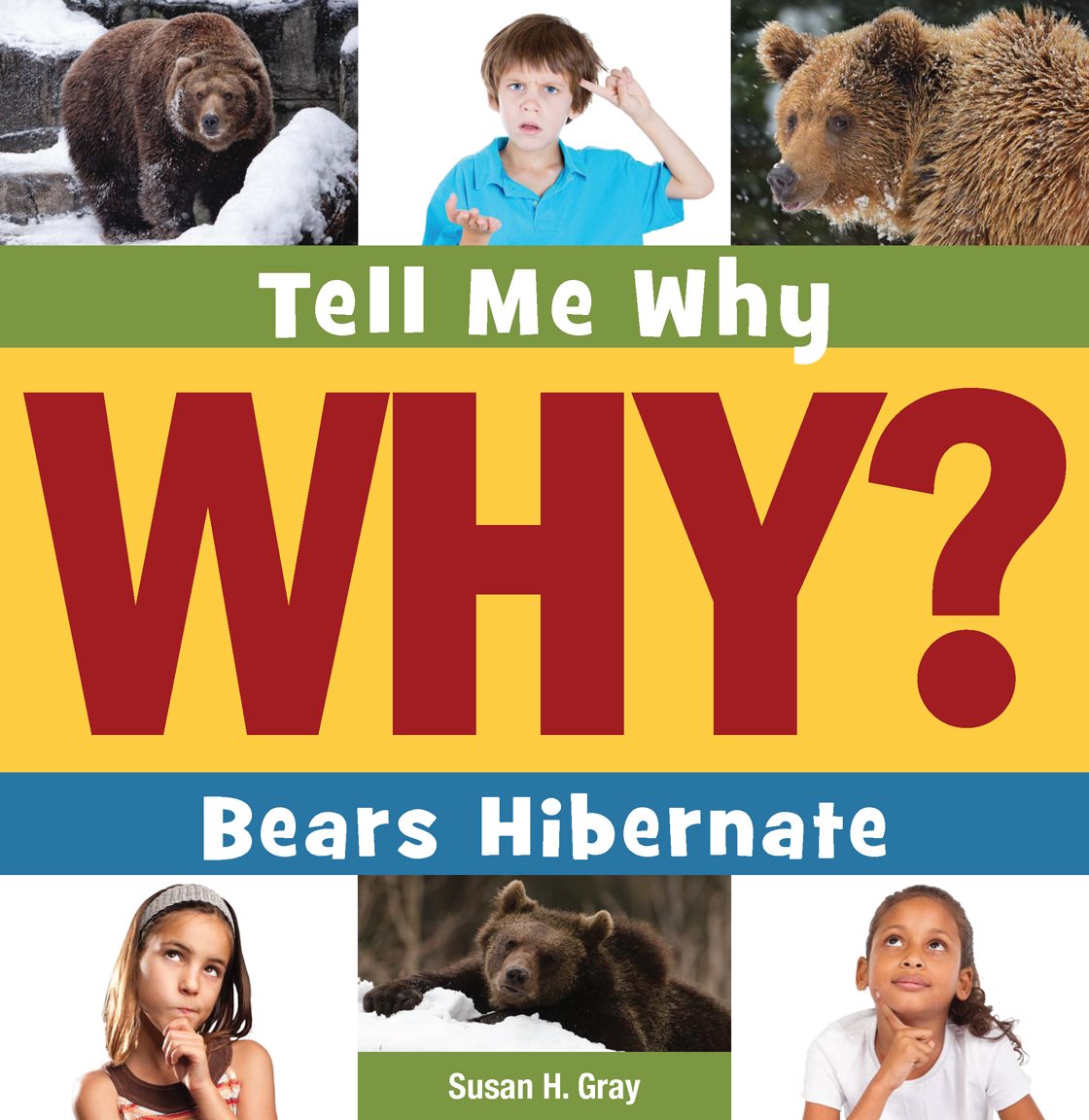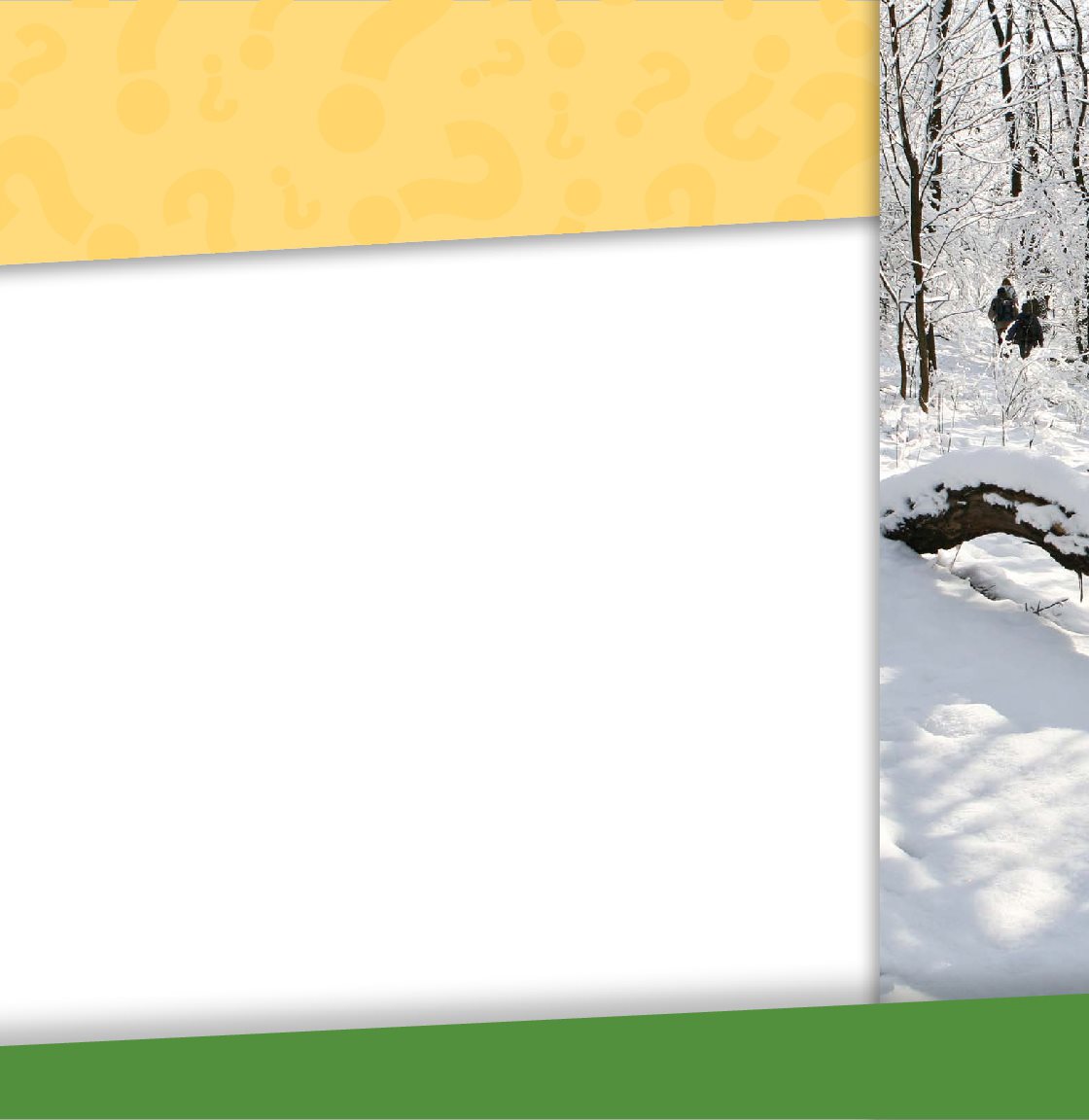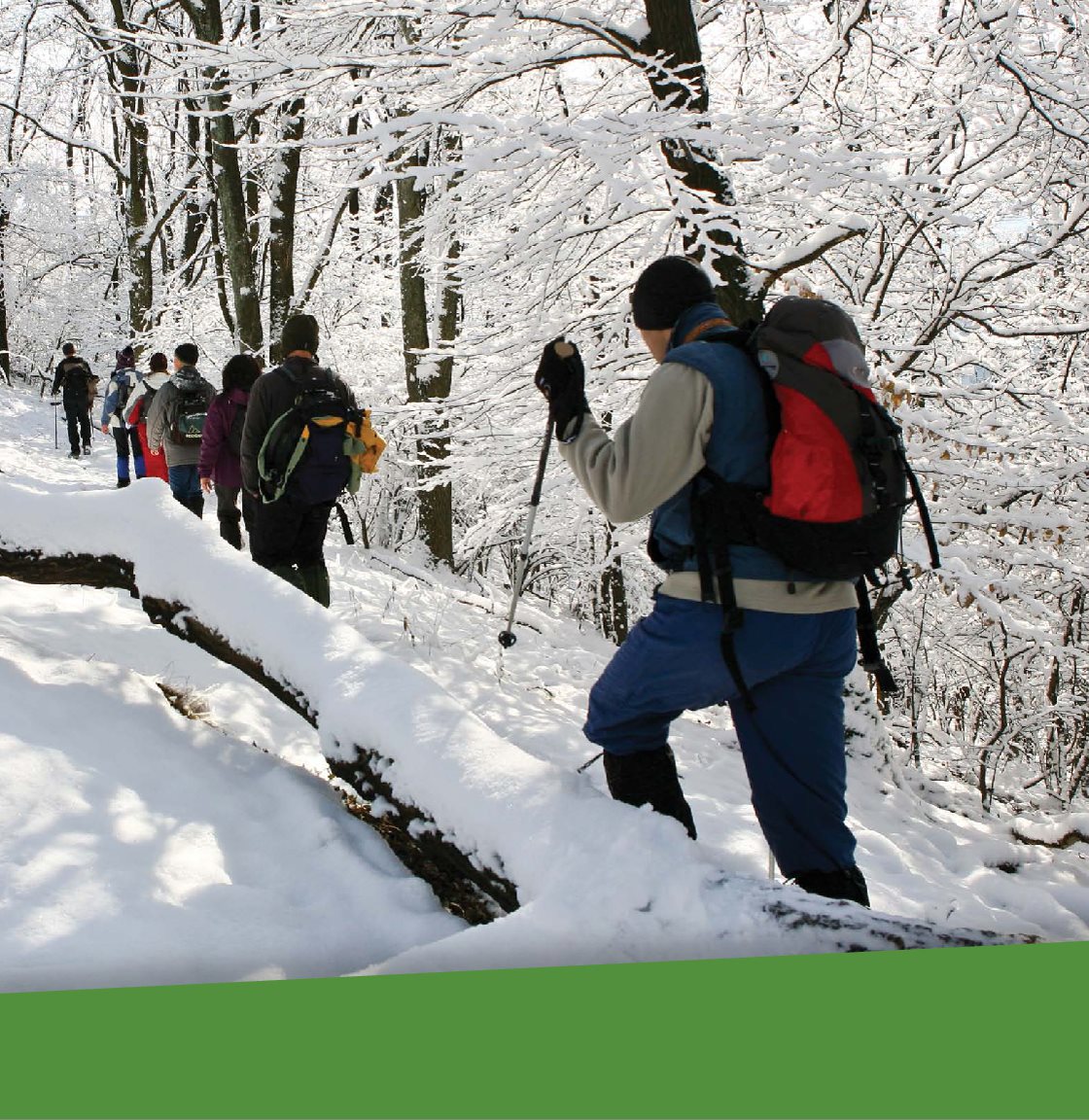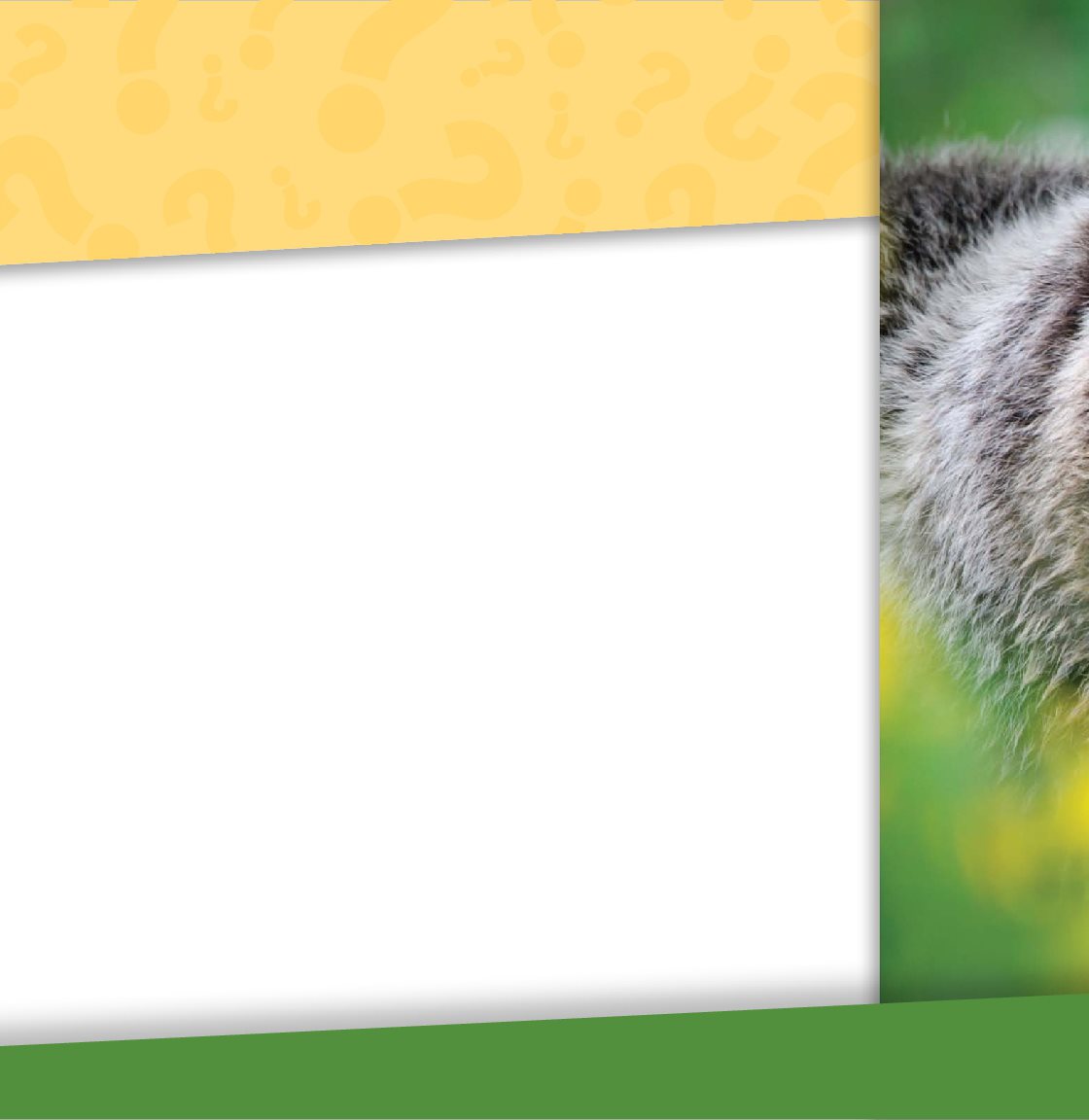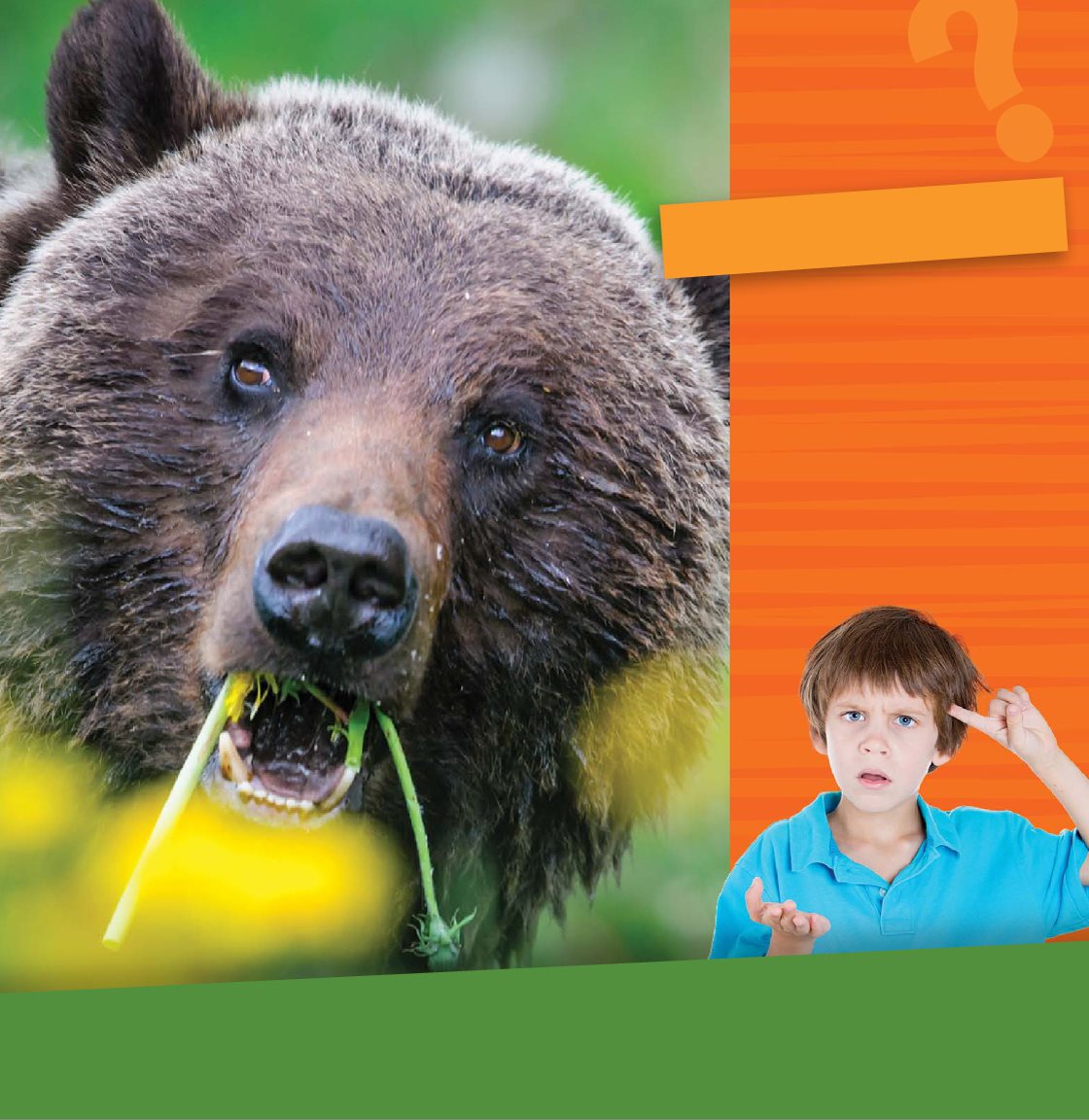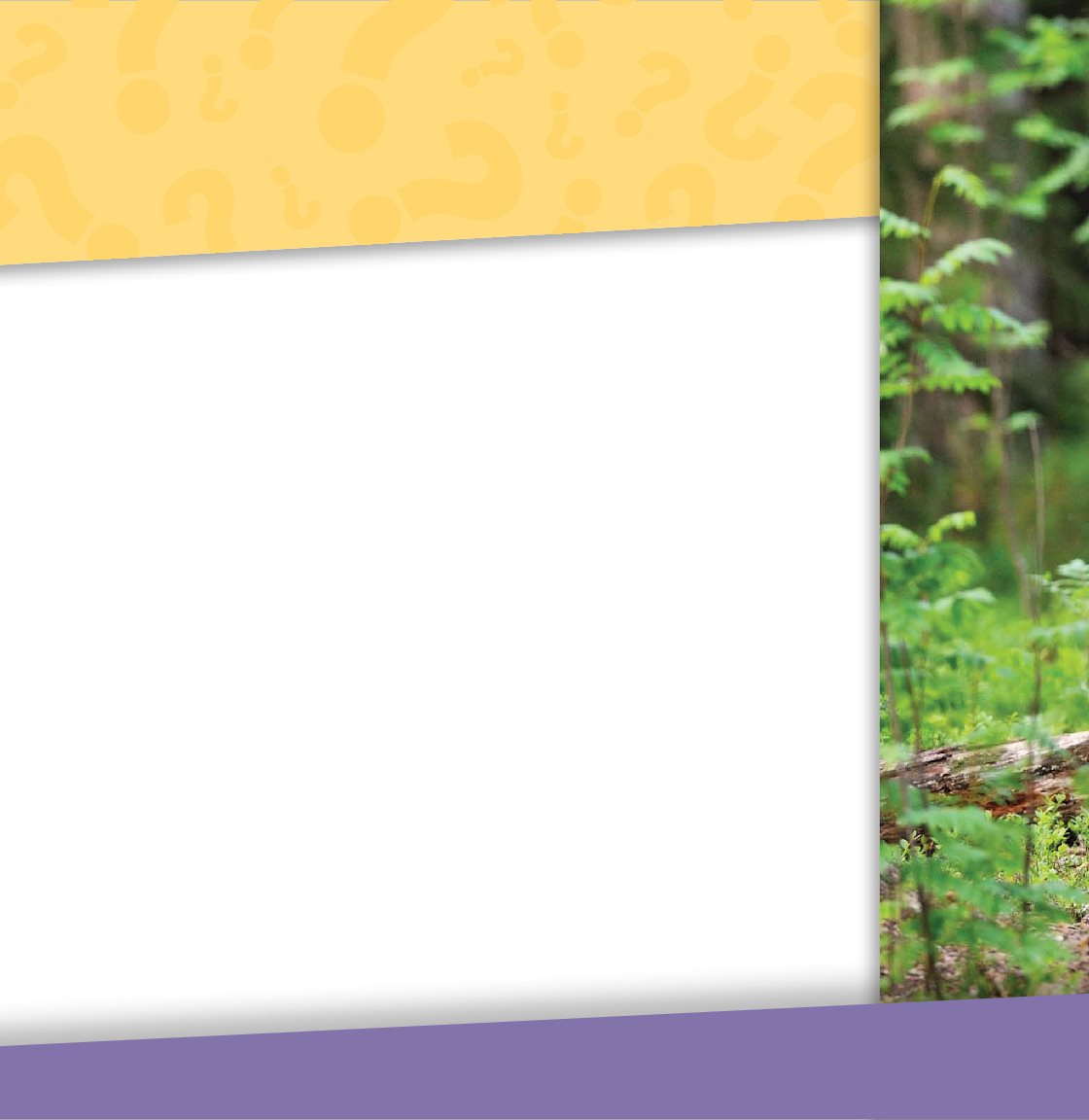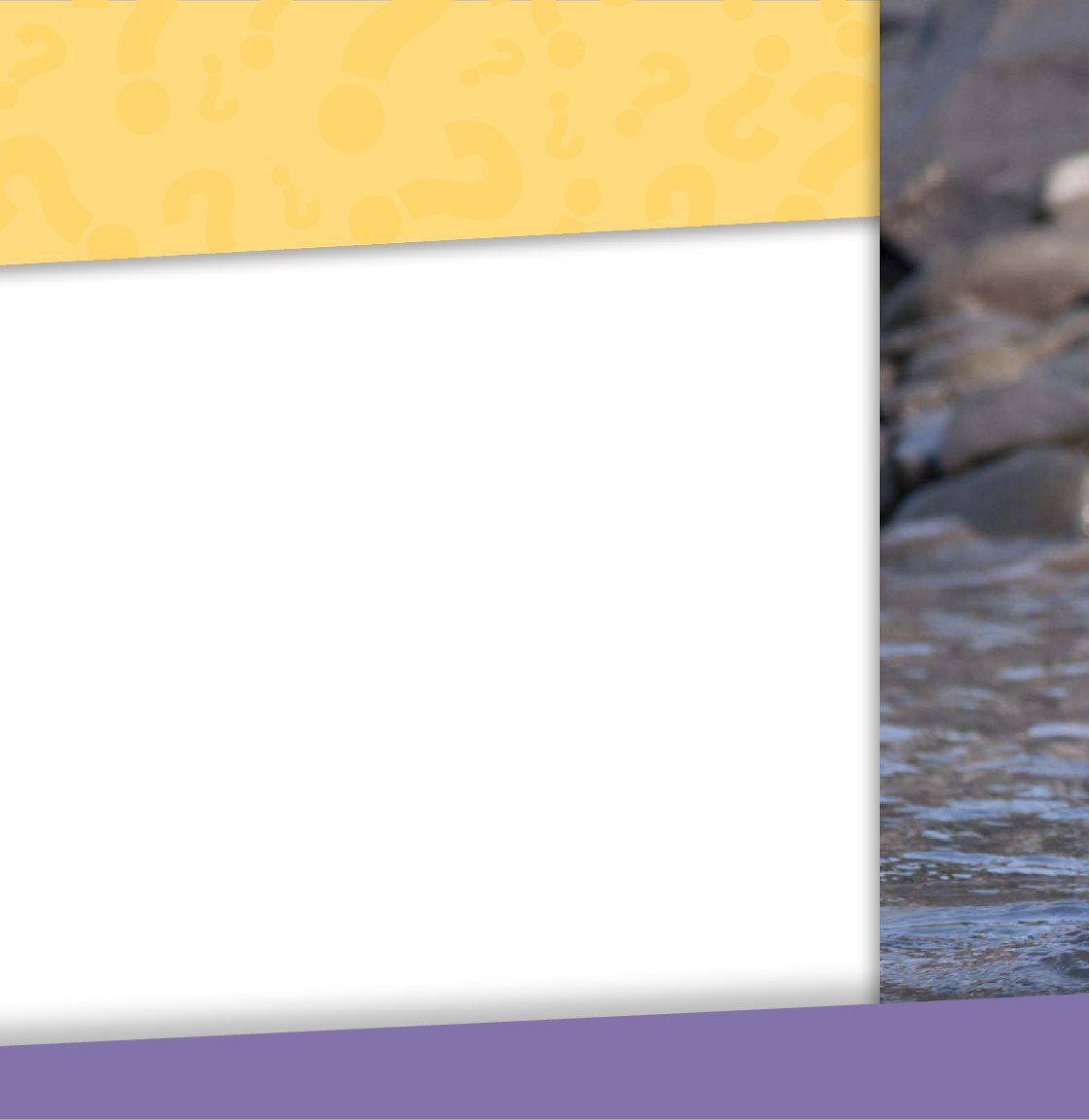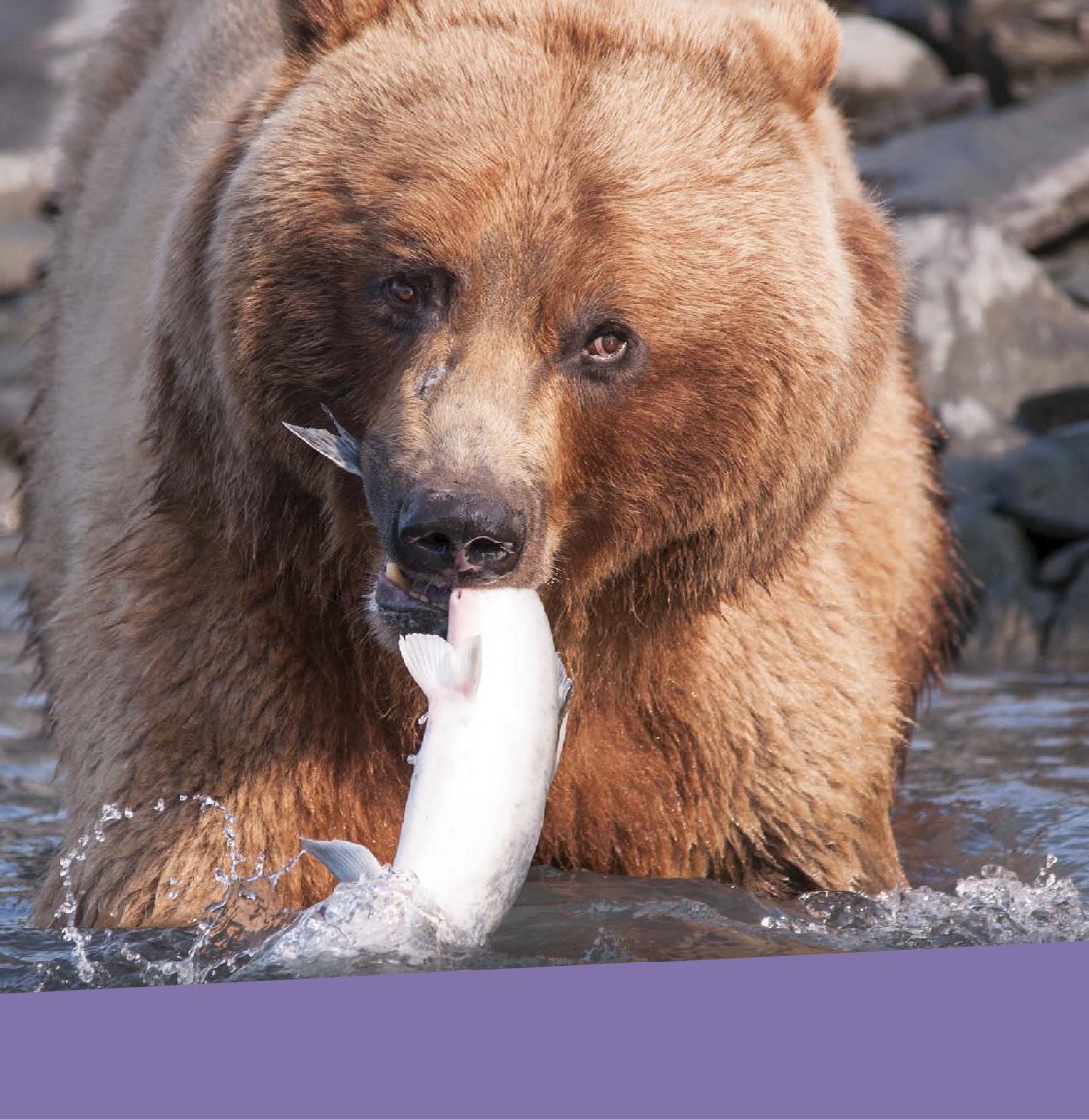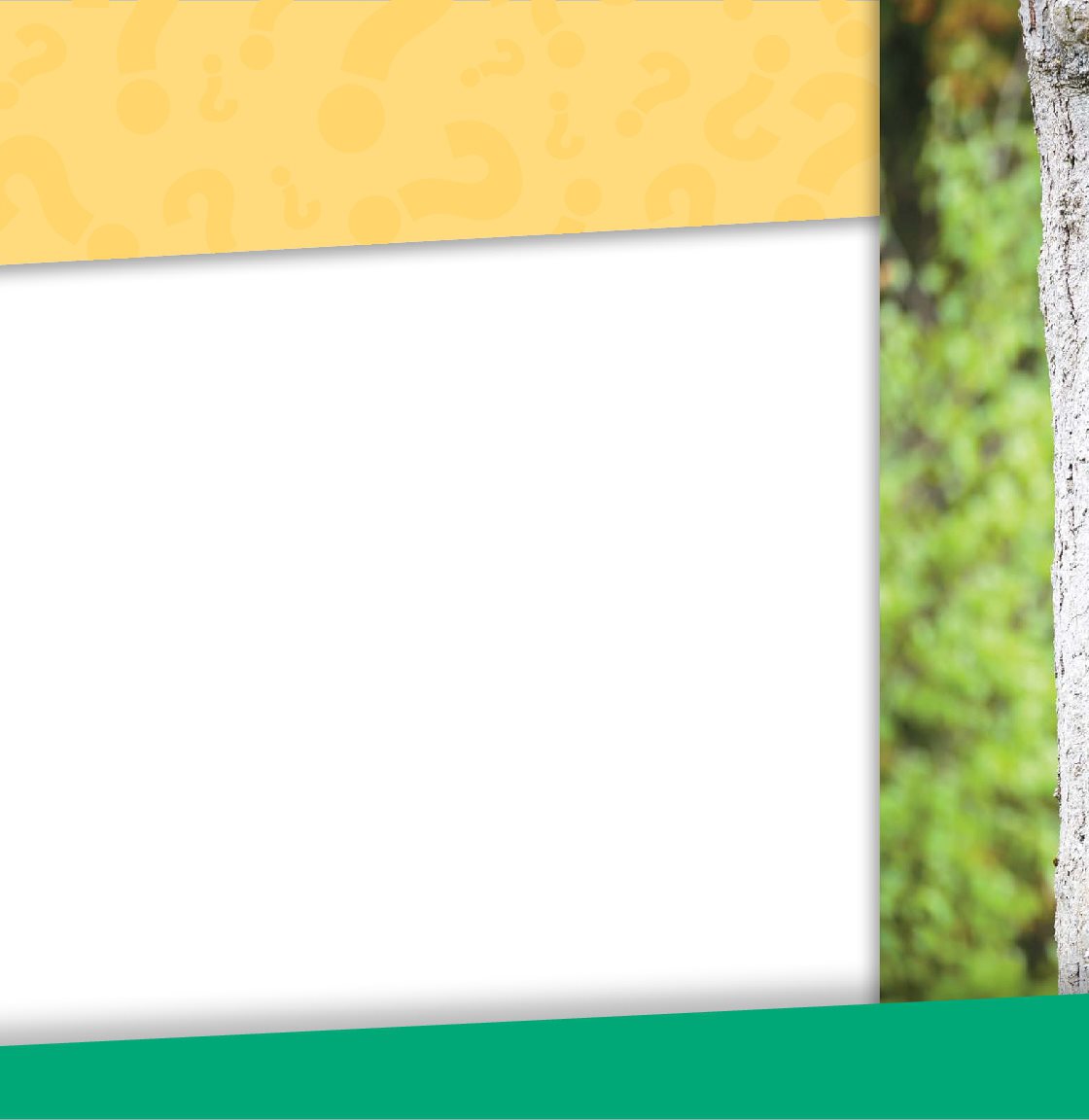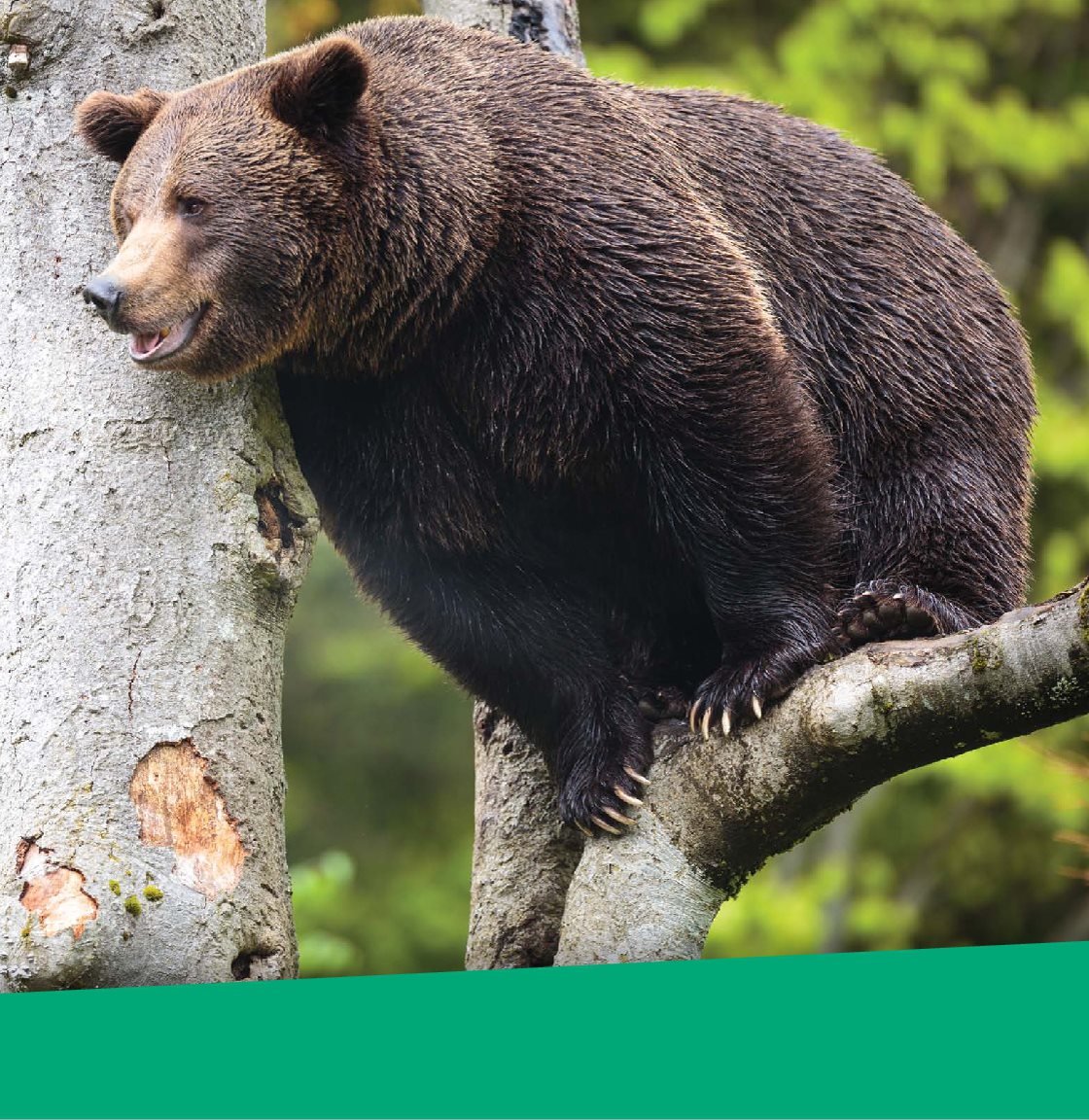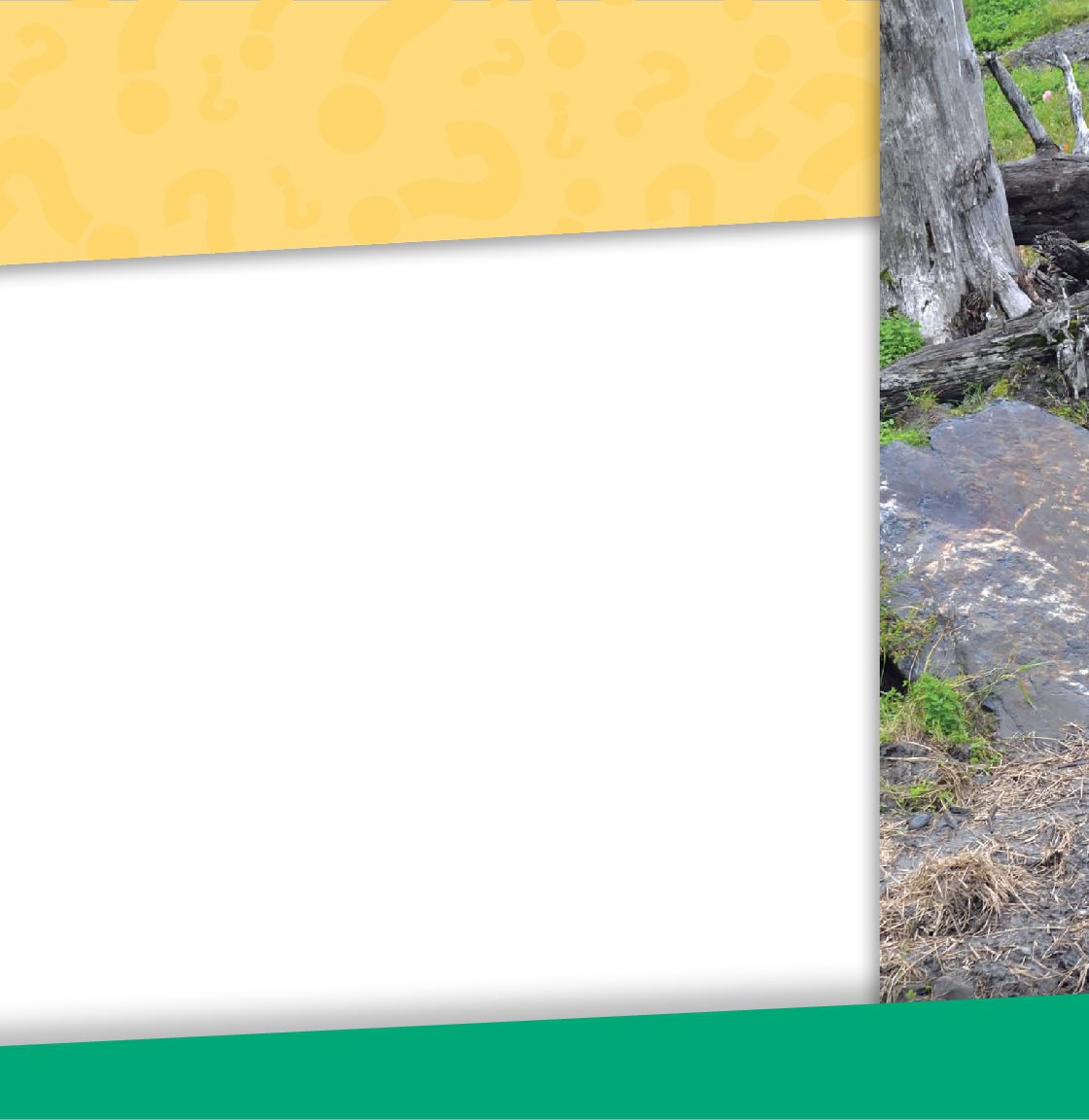Table of Contents
Guide
Published in the United States of America by Cherry Lake Publishing
Ann Arbor, Michigan
www.cherrylakepublishing.com
Consultants: Dr. Stephen S. Ditchkoff, Professor of Wildlife Sciences, Auburn University,
Auburn, Alabama
Reading Adviser: Marla Conn, Readability, Inc.
Photo Credits: PathDoc/Shutterstock Images, cover, 1, 7; michaeljung/Shutterstock Images, cover, 1,
21; xavier gallego morell/Shutterstock Images, cover, 1, 15; Joe Mercier/Shutterstock Images, cover, 1;
Eduard Kyslynskyy/Shutterstock Images, cover, 1; Wolfgang Kruck/Shutterstock Images, cover, 1;
CoolR/Shutterstock Images, 5; BGSmith/Shutterstock Images, 7; Erik Mandre/Shutterstock
Images, 9; Mighty Sequoia Studio/Shutterstock Images, 11; l i g h t p o e t/Shutterstock Images, 13;
Angelaforker | Dreamstime.com - Home For A Bear Photo, 15; Aspen Photo/Shutterstock Images,
17; Hung Chung Chih/Shutterstock Images, 19; PhotonCatcher/Shutterstock Images, 21
Copyright 2015 by Cherry Lake Publishing
All rights reserved. No part of this book may be reproduced or utilized in any form or by any means
without written permission from the publisher.
Library of Congress Cataloging-in-Publication Data
Gray, Susan Heinrichs, author.
Bears hibernate / by Susan H. Gray.
pages cm. -- (Tell me why)
Summary: Young children are naturally curious about animals. Tell Me Why Bears
Hibernate offers answers to their most compelling questions about why bears
sleep all winter. Age-appropriate explanations and appealing photos
encourage readers to continue their quest for knowledge. Additional text
features and search tools, including a glossary and an index, help students
locate information and learn new words.Provided by publisher.
Audience: Ages 6-10
Audience: K to grade 3.
Includes bibliographical references and index.
ISBN 978-1-63188-990-5 (hardcover) -- ISBN 978-1-63362-029-2 (pbk.) -
ISBN 978-1-63362-068-1 (pdf) -- ISBN 978-1-63362-107-7 (ebook) 1.
Bears--Hibernation--Juvenile literature. 2. Bears--Wintering--Juvenile
literature. 3. Adaptation (Biology)--Juvenile literature. 4. Childrens
questions and answers. I. Title.
QL737.C27G735 2015
599.781565--dc23
ISBN-13 978-1-68444-465-6 (ebook)
2014031839
Cherry Lake Publishing would like to acknowledge the work of The Partnership for 21st Century Skills.
Please visit www.p21.org for more information.
Printed in the United States of America
Corporate Graphics
Synchred Read-Along Version by:
Triangle Interactive LLC
PO Box 573
Prior Lake, MN 55372
Table of Contents
Where Are the Bears?
Shawn and his family were visiting a
state park. Spring had not yet arrived. So
the weather was still very cool.
At the park, a ranger talked about the
animals living there. Chipmunks would
not be out yet. Some birds were still down
south where it was warmer. Bears were
hibernating. They would be hidden for
more months.
Many bears hibernate through the cold winter months.
Shawn thought of the TV shows hed
seen about bears. Some caught fish. Some
sat and ate berries. He did not know that
bears stayed hidden for months.
Why are they hibernating? Shawn
asked.
The ranger turned to look at Shawn.
There is not enough food for bears right
now, she explained. But soon, food will
be everywhere. Then they will leave
their dens .
ASK QUESTIONS!
Talk to your
family members.
See if anyone
knows why bears
hibernate.
Bears feed on spring plants.
Lots and Lots of Food
Many bears live in forests, the ranger
said. Pandas live in bamboo forests. They
munch on bamboo leaves and stems. Brown
bears also live in forests. They eat plants,
berries, and insects.
Some bears live in warm swampy
areas, she continued. Others live where it
is very cold. Bears live in all sorts of places.
But wherever they live, there must be plenty
of food.
Bears are found all over the world.
The ranger went on. Sometimes, bears eat
other animals. But they also eat plants. They
eat roots, fruit, berries, and nuts.
Shawn began thinking. Bears are huge
animals. They must need lots of food. Then
he looked around. It was still winter. The
trees had no leaves. The grass looked dead.
There were no berries anywhere. There was
nothing for bears to eat.
Bears find a lot of food to eat in warmer months.
Bedtime!
The ranger interrupted Shawns
thoughts. She began to explain where all
the bears were. During the summer and
fall, the bears ate and ate. They gained a
lot of weight. The fat built up in their
bodies. Their fur also grew thicker. As it
got colder, they could not find enough
food. It was time for them to hibernate.
Bears gain weight before hibernating.
In time, every bear withdrew into a den.
The den is a hollowed-out place. It might
be in a cave or on a hillside. It might be
under a rock ledge. The den is not much

